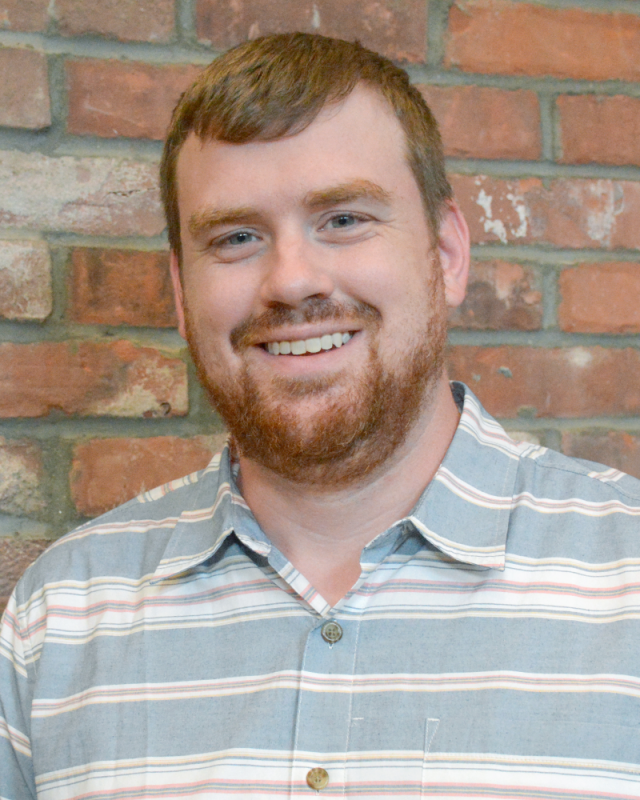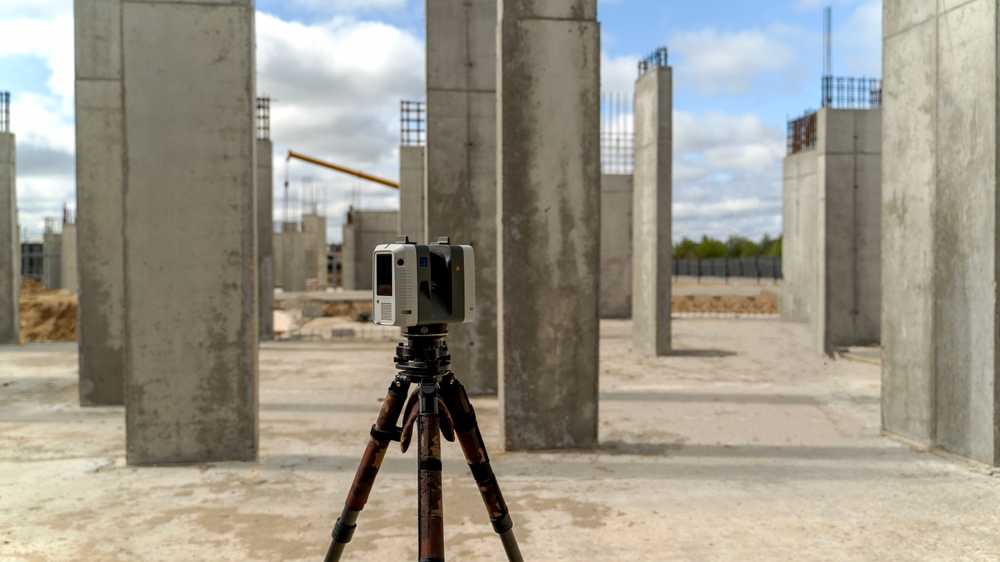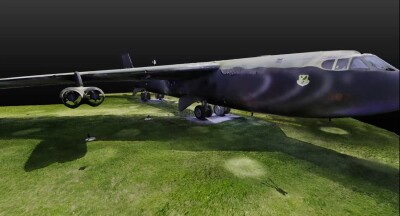One of the defining aspects of the latest innovations coming through our industry is that the terms are often elastic, to put it kindly. In other words, there’s not always a lot of clarity around what people mean when they talk about their newest tools. Artificial intelligence can sometimes refer to generative AI, or machine learning, or computer vision, or an algorithm to automate a process; all valuable, but one often has to dig to understand exactly what someone means.
The term “digital twin” falls under the same umbrella, as we’ve covered many times before. A common saying on this topic is that if you ask 12 people what a digital twin is, you’ll get 12 different definitions. That’s certainly not to say there is no tangible value today with digital twins; there undeniably is. However, this lack of clarity around the term can lead to a lot of confusion, particularly in the AEC industry. This was demonstrated in a presentation at this year’s Hexagon Live given by Logan McGuinness, a VDC Manager II with The Weitz Company.
“My director will tell you he hates [the term digital twin] because of the lack of definition behind it, or the various definitions behind it,” she said early in that presentation.
McGuinness’ presentation focused a lot on a specific project her team was working on around a student housing development in Florida, but she set the scene talking about what is increasingly becoming a problem for scanning and VDC teams working on AEC projects. Simply put, owners and managers are asking for digital twins in their deliverable, but different organizations might be asking for different things – and sometimes they themselves may not know exactly what they’re looking for. This leads to confusion for everyone involved in the project, and can often end up with a much more expensive deliverable than what was expected or needed.
McGuinness talked about how many in the industry think about digital twins on a five-tier basis, running from descriptive digital twins to autonomous digital twins. For her team, the first step in working with a client who is asking for this within their deliverable is figuring out exactly what is needed and working backwards from there. Sometimes, it’s a request that they’re able to meet, but sometimes it is beyond their scope. The key is knowing that early in the process.
“Depending on the maturity of what they are asking for, it will determine whether or not we bring in consultants,” she explained. “If they are asking for a level five, autonomous digital twin, that is generally not something the VDC team can handle. I will be straightforward about that. We can set everything up to make it succeed, but that is where we will usually bring in a third party.”
Without clear definitions, contractors and scan teams are left to interpret vague deliverables that imply significantly different scopes of work, including areas where the team isn’t able to meet the ask. Is the owner asking for a coordination model? An LOD 500 as-built model with fully integrated COBie data? Or something in between? Without upfront clarity, teams can find themselves scrambling to meet undefined expectations, often without the additional time or budget needed. Ultimately, this kind of ambiguity can strain relationships, inflate costs, and increase the likelihood of change orders that could’ve been avoided with better communication at the outset.
Getting back to the student housing project that was the center of much of McGuinness’ presentation, here she provided some practical advice about how her team managed one of these situations. After realizing the organization’s initial ask would be more expensive than what they had in mind, the Weitz team ultimately came up with a creative solution to meet their needs without massively increasing the budget.
“What [they were] requesting was not within the budget,” she said. “So, if that can’t be increased, let’s come up with some creative solutions to try and get you what you want within that budget. So we proposed, why don’t we scan the building as a supplement to this modeling so our deliverable would be closest to their desired LOD, and within their budget.”
She went on to explain how they used a variety of scanning techniques – including tripod-based scanning, drone-based, and handheld SLAM Scanning – prior to changes in the project. So, for example, if they were about to pour concrete, they would scan for as-built documentation prior to that work being done.
It’s easy to get caught up in the hype cycle of buzzwords like digital twin, especially when they’re tied to powerful tools that are genuinely moving the industry forward. But as McGuinness’ talk made clear, real value can come from asking the right questions, setting the right expectations, and being honest about what’s feasible. These conversations aren’t just technical. They’re vital to building trust between teams and clients. Someday, the industry may come up with a widely agreed-upon definition for digital twin. Until that point, the best path forward is the one paved with clarity, collaboration, and a willingness to meet complexity with practical solutions.




.jpg.small.400x400.jpg)

